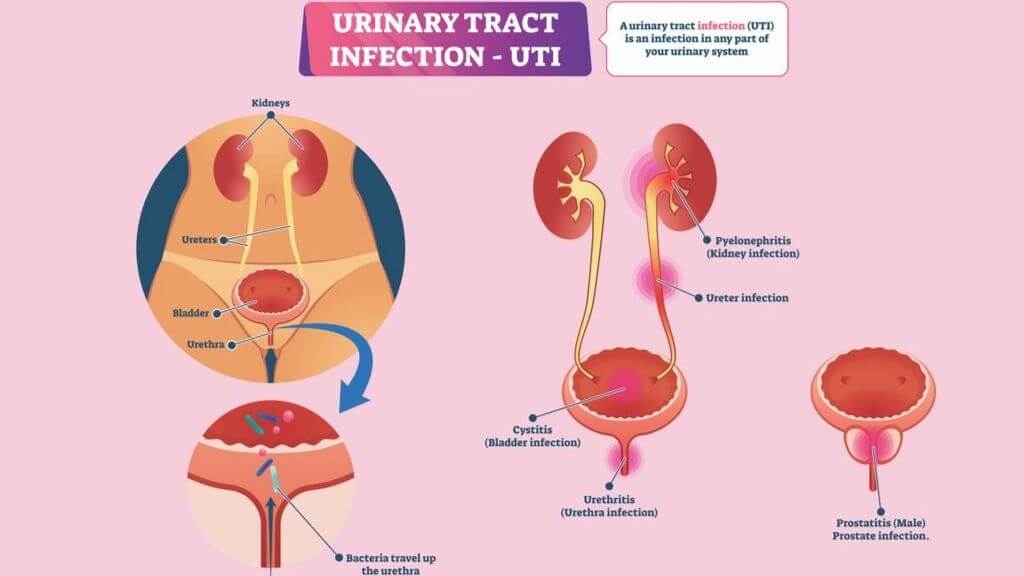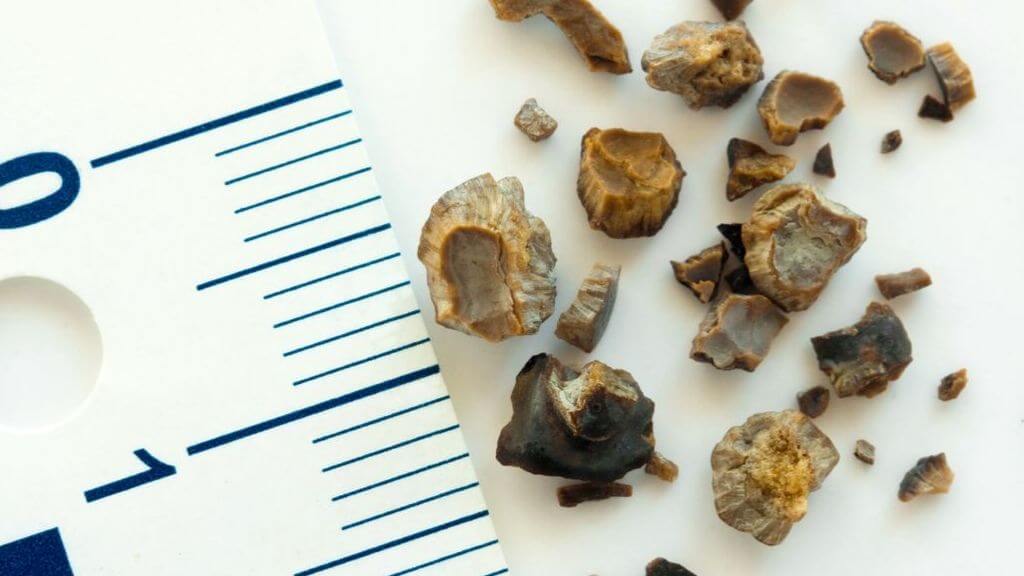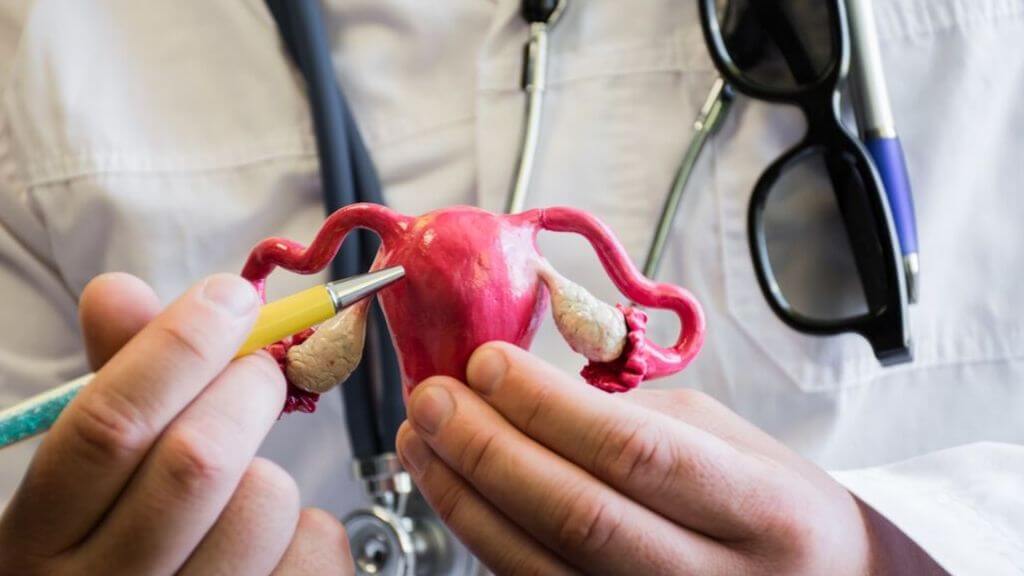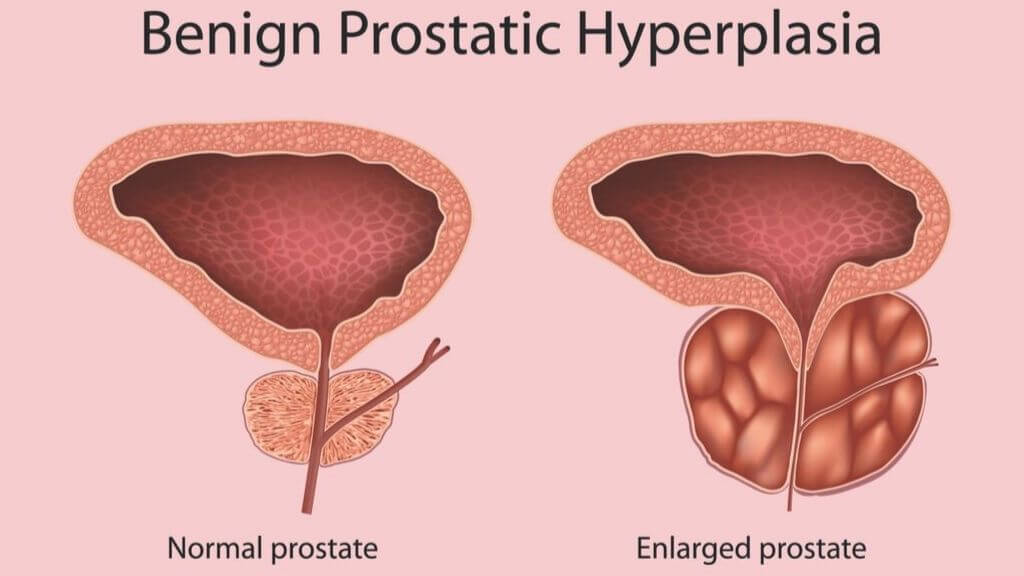Your pelvis is the area located between your belly button and your thighs. Its location is close to your urinary tract, reproductive organs, and digestive tract, so pain in the pelvis could indicate a problem in any of these systems.
While some pains such as menstrual cramps are normal and nothing to worry about, others can be a sign of a more serious problem or condition. Knowing the symptoms and potential causes of pelvic pain can help you and your doctor discover the cause and start the most effective treatment.
Pelvic Pain Causes
There are conditions that affect only men, those that affect only women, and those that affect both genders.
UTI
Urinary tract infections affect men and women but are more common among women. They are caused by a bacterial infection along the tract, which can be your kidneys, urethra, ureters, or bladder.
The pain will be lower pelvic pain near your pubic bone, and you may also notice burring when urinating, urgent needs to urinate, cloudy or strong-smelling urine, and side or back pain where your kidneys are located.

Hernia
When an organ or tissue pushes through muscles of your chest, abdomen, or thigh, you develop a hernia and pelvic pain. Both men and women can get these, and you experience an achy bulge that gets worse when you laugh, cough or bend over.
You should be able to push it back in, or it may disappear when you lie down.
Appendicitis
This impacts both genders and is caused by the infection and swelling of your appendix. The pain starts suddenly and can be very severe. The pain is typically centered in the lower right part of your abdomen. The pain can migrate, however, making it difficult to diagnose.
You may also experience nausea, fever, appetite loss, swelling in the belly, and constipation or diarrhea.
STIs
Sexually transmitted diseases such as gonorrhea and chlamydia are bacterial infections that can affect your urinary tract. Women will typically feel pelvic bone pain, whereas men will feel the pain in their testicles. Women may also notice abnormal discharge or bleeding, and both men and women may feel pain during sex, burning during urination, and urinating more often.
Kidney Stones
Kidney stones form when calcium and uric acid clump together and form hard rocks. These are difficult to pass through the ureters and cause pain that can affect your lower back and your pelvic area.

A kidney infection will have the same effect but will cause pain in the lower abdomen and pelvic region.
Cystitis
This is the inflammation of the bladder, typically caused by an infection within the urinary tract. Along with a burning sensation when you urinate, you will also experience pressure in your pelvis and lower abdomen.
What Causes Pelvic Pain in Women?
♦ Premenstrual syndrome: Most women experience cramps in their lower abdomen before their period, and this is caused by the contracting uterus. The pain can radiate through the entire pelvic region in some women and cause great discomfort.
♦ Ectopic pregnancy: While pelvic pain can be experienced through a normal pregnancy, an ectopic pregnancy causes severe cramping and pelvic pain. When the egg grows outside of the uterus, sharp pain can be felt along the side of your pelvis.
♦ Pelvic inflammatory disease (PID): This is an infection in the reproductive tract caused by bacteria that enter through the vagina and travel through the tract. It is typically caused by an STI, and along with abnormal discharge and bleeding, women will also feel sharp pelvic pains.
♦ Uterine fibroids: These growths appear on the uterus wall and are common during the productive years but are not cancerous. The size can vary, and larger fibroids tend to cause pelvic pain, as they put pressure against the pelvic bone.
♦ Endometriosis: The tissue that lines the uterus thickens each month and sheds, but the tissue outside the uterus that does the same thing has nowhere to go. This is common among women in their 30’s and 40’s and causes severe pelvic pain before and during the monthly period.

What Causes Pelvic Pain in Men?
♦ Bacterial prostatitis: This infection is caused by bacteria and causes inflammation and swelling in the prostate gland, which as a result, puts pressure on the pelvis.
♦ Chronic pelvic pain syndrome: Men with long-term pelvic pain and no sign of infection are diagnosed with this condition. The pain needs to last for at least three months to be classified this way, and pain is typically felt in the penis, testicles, and lower abdomen.
♦ Urethral stricture: The urethra is the tube that urine passes through, and this condition causes the tube to narrow as a result of blockage, injury, or infection. Along with pelvic pain, men will also notice pain while urinating, swelling of the penis, and loss of bladder control.
♦ Benign prostatic hyperplasia (BPH): This is a noncancerous enlargement of the prostate gland. As this expands, it squeezes the urethra, and the bladder muscles have to work harder for urination. The pelvis will have a full feeling due to the pressure, and over time bladder muscles can weaken, and you can develop difficulties urinating.
♦ Post-vasectomy pain syndrome: After a vasectomy, close to 2 percent of men experience testicular pain. This is caused by the damage to structures within the testicles and pressure on the nerves in the area. The pain can radiate through the pelvic region and can be either a sharp stabbing pain or dull throbbing pain.
Treatment for Pelvic Pain
Depending on the cause, your doctor can recommend a number of things to treat your pelvic pain. Pain relievers, both over-the-counter and prescribed, can help to reduce pain and inflammation. Lifestyle changes can also help, and these would include improving your posture, getting regular exercise, and eating a nutritious diet.

If the pain is caused by an underlying condition, these lifestyle changes may not help, but they can strengthen your pelvis and prevent future pains.
Natural Treatment for Pelvic Pain
Pain-relieving medications can cause unpleasant side effects in some individuals, especially when taken long term. For those looking for alternative options, there are natural treatment options for pelvic pain.
Many of the conditions that cause pelvic pain involve inflammation or infections, and there are key natural ingredients that address both of these factors.
The most common reasons for pelvic pain are urinary tract and sexually transmitted infections. K-Real is a high-quality krill oil supplement that works to reduce inflammation. Infections of any kind cause inflammation and swelling that causes pain, and the compounds within krill oil reduce this. In addition to this, you can try Zanthin for bacterial infections. Zanthin is natural astaxanthin, which is proven to specifically reduce bacterial inflammation.
There are also natural treatments that have been proven to work for specific conditions causing pelvic pain.
♦ Cystitis causes the permeability of the bladder wall to increase, and this causes pain. Hyaluronic acid replaces layers within the bladder wall to reduce permeability, reduce pain, and prevent infection.
♦ BPH is associated with an enlarged prostate, which increases pain in the pelvic area. Studies found that curcumin lowers both prostate weight and volume, which inhibits the development of BPH. Choose an optimized version of curcumin, such as Longvida, to get the best preventative results.
When to See Your Doctor
Mild or temporary pelvic pain is not likely something to worry about, but if the pain becomes severe and continues for longer than a week, you need to see your doctor. You should also contact your doctor right away if you experience fever, blood in your urine, foul-smelling urine, the inability to have a bowel movement, or trouble urinating along with the persistent pelvic pain. With prompt diagnosis and treatment, you can reduce pelvic pain and prevent more serious conditions.






